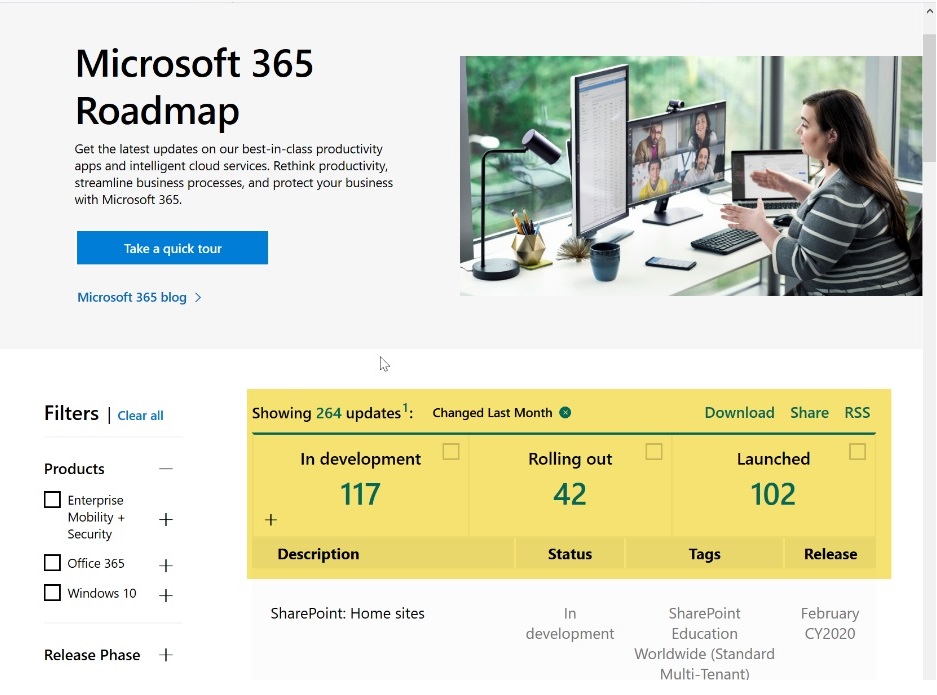As systems become more complex and IT loses direct control of infrastructure (hello cloud), it becomes both more difficult and more important to capture and observe, holistically, the user experience. SaaS or cloud apps like Salesforce, Microsoft Office 365, and Workday have become mission-critical to most businesses and therefore need to be examined when it comes to experience monitoring.
Start with Why Bother With Digital Experience Monitoring for SaaS Apps? - Part 1
Change Management, Risk Mitigation
Digital Experience Monitoring (DEM) is a tool that should be integrated with an organization's change management strategy. A key benefit of SaaS/cloud is no longer being responsible for software and hardware upgrades, maintenance, and patch cycles. Migrating to Microsoft Office 365 means no longer spending precious time and resources on Windows, Exchange or SharePoint upgrades for example. But that doesn't mean that IT can ignore changes or doesn't need to monitor for their effects.
Look here at the current Microsoft 365 Roadmap (which covers Office 365) filtered by the last month:

Figure 2 Microsoft 365 Roadmap. Lots of Change
That's a lot of changes and IT organizations need to be aware of the changes, potential impact, and whether user experience will be affected or is affected. A good DEM solution will include support for third-party applications and assist with detecting changes in the applications and dependent infrastructure. Network observability across components, services, branch office ISPs, and overall Internet performance is critical.
DEM solutions assist in understanding the stability and reliability of the user experience while all this change is taking place.
Digital Experience Monitoring for Network Transformations
The modern-day network requires a fundamental transformation and network architects are turning to Software Defined Wide-Area-Networks (SD-WAN) to solve problems and improve performance. As a result, enterprise networks are often in a state of flux and change. These changes require network visibility and application intelligence which can be sometimes be challenging for SaaS apps.
 Observing the entire Service Delivery Chain, application response times, and underlying network path performance is critical to measuring overall IT satisfaction and productivity. The ideal DEM solution will provide for early detection of network changes as well as long term performance overviews. DEM products should root cause analysis as well as long-term guidance in one solution.
Observing the entire Service Delivery Chain, application response times, and underlying network path performance is critical to measuring overall IT satisfaction and productivity. The ideal DEM solution will provide for early detection of network changes as well as long term performance overviews. DEM products should root cause analysis as well as long-term guidance in one solution.
A DEM solution provides high-level, end-to-end visualizations as opposed to Application Performance Management (APM) tools used by developers which provide code-level performance data. Network administrators often rely on SNMP collection tools but those don't sufficiently capture the user experience.
Finally, application owners — people responsible for the successful delivery of first- and third- party applications require their own comprehensive tools and that has become a DEM solution.
Remote and Branch Office Productivity
Finally, Workers today want more flexibility in when, where, and how they work. Nearly 69% of millennial's say they would prefer to work from home. Low employment causes organizations to hire remotely and support better, more diverse, branch office environments. These modern day “office” requirements make it harder for IT teams to 1) deliver applications everywhere and 2) measure and improve the digital experience.
The Covid-19 pandemic of 2020 has also shifted IT responsibilities. Network engineers, support staff, and application architects must now account for a remote first strategy when it comes to application delivery. For the past 5-6 years, it was cloud first or mobile first. Now its remote first or Work From Home (WFH) first.
The ideal DEM solution should readily support these situations with secure and efficient collection from any distributed environment. A true DEM solution should also support a combination of synthetic and Real User Monitoring (RUM) from the same platform. Supporting both types of monitoring enables IT organizations to be proactive (continuous synthetic monitoring) but also able to capture experiences for end-users no matter where they are working (RUM).
Digital Experience Is Where It All Comes Together
The modern-day knowledge worker leverages a plethora of SaaS, third-party, and custom applications delivered seamlessly from multiple vantage points including internal and external networks. IT leaders must proactively observe and improve the digital experience of those apps across the entire service delivery chain. Optimal employee digital experience enhances productivity and becomes a competitive advantage for the business.
